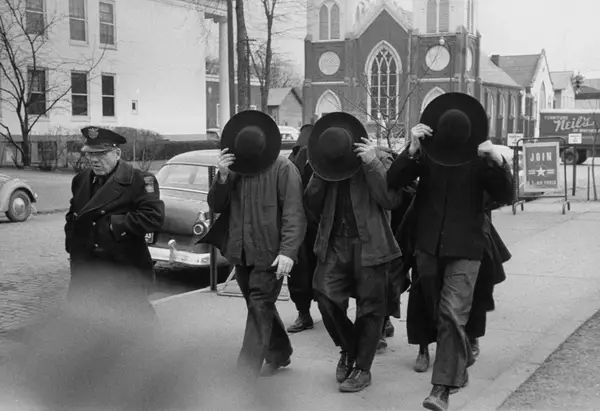How the Amish Settled in America
The Amish arrived in America in the early 18th century, seeking religious freedom and the opportunity to preserve their traditions. Their migration marked the beginning of a new chapter, where faith, community, and simplicity could thrive without persecution. Understanding how the Amish settled in America reveals their resilience, resourcefulness, and commitment to maintaining a distinctive way of life.
Reasons for Migration
Persecution in Europe was a primary motivator for Amish migration. Many faced fines, imprisonment, and even execution for their beliefs. Leaders like Jakob Ammann emphasized strict adherence to faith and community rules, which often conflicted with local authorities.
America offered religious tolerance, available farmland, and the chance to live in tight-knit communities. For the Amish, it was not merely a relocation—it was a path to practice their beliefs freely and establish self-sufficient communities.
Early Settlements in Pennsylvania
The first significant Amish settlements emerged in Pennsylvania, particularly in Lancaster County. The region provided fertile land, relative safety, and a growing network of Anabaptist families.
Settlers built farms, homes, and meetinghouses, often relying on simple tools and horse-drawn transportation. Their lifestyle emphasized plain living, shared work, and close family bonds. Early communities were small but cohesive, establishing patterns that persist today.
Building Farms and Communities
Farming formed the backbone of Amish settlements. Families cultivated crops, raised livestock, and produced food to sustain themselves and their neighbors. Land ownership was central, allowing families to remain independent while contributing to the community.
Community cooperation was vital. Neighbors assisted one another with barn raisings, planting, and harvesting, reinforcing social bonds and practical skills. This cooperative spirit helped settlements grow quickly despite limited resources.
Education and Religious Life
Education and religion were priorities from the beginning. Amish children attended small, one-room schools, learning reading, writing, arithmetic, and religious instruction. Schools focused on practical knowledge and moral guidance rather than higher academic pursuits.
Church services were held in homes or simple meetinghouses, emphasizing shared worship and spiritual development. Religious gatherings reinforced communal identity and ensured that cultural and spiritual values were preserved.
Expansion to Other States
As populations grew, Amish families expanded beyond Pennsylvania. Settlements appeared in Ohio, Indiana, and later in the Midwest, following land opportunities and maintaining a similar rural, self-sufficient lifestyle.
Each new settlement maintained core values—plain dress, limited technology, family-centered living, and community cooperation. This expansion allowed the Amish to thrive while remaining true to their traditions.
Preserving Heritage
Settling in America did not mean abandoning European roots. Amish communities preserved language, customs, crafts, and farming techniques. Pennsylvania Dutch, a dialect derived from German, continues to be spoken, connecting modern communities to their European ancestry.
Cultural practices, religious observances, and traditional crafts were also maintained. Settlements became centers for passing knowledge from one generation to the next, ensuring continuity of heritage.

Lessons from Amish Settlement
The Amish settlement in America highlights resilience, intentional living, and community focus. Their success was rooted in cooperation, careful planning, and adherence to values. Travelers and observers can learn from their ability to preserve culture while adapting to a new environment, balancing tradition with practical needs.
Conclusion
The Amish settled in America to escape persecution, secure religious freedom, and maintain a simple, faith-centered lifestyle. From early communities in Pennsylvania to expansions across the Midwest, they built farms, schools, and churches while preserving traditions and cultural heritage. Their settlement story demonstrates resilience, cooperation, and dedication to faith and family. Observing Amish communities today offers a glimpse into a way of life shaped by history, values, and the enduring desire to live intentionally and purposefully.



